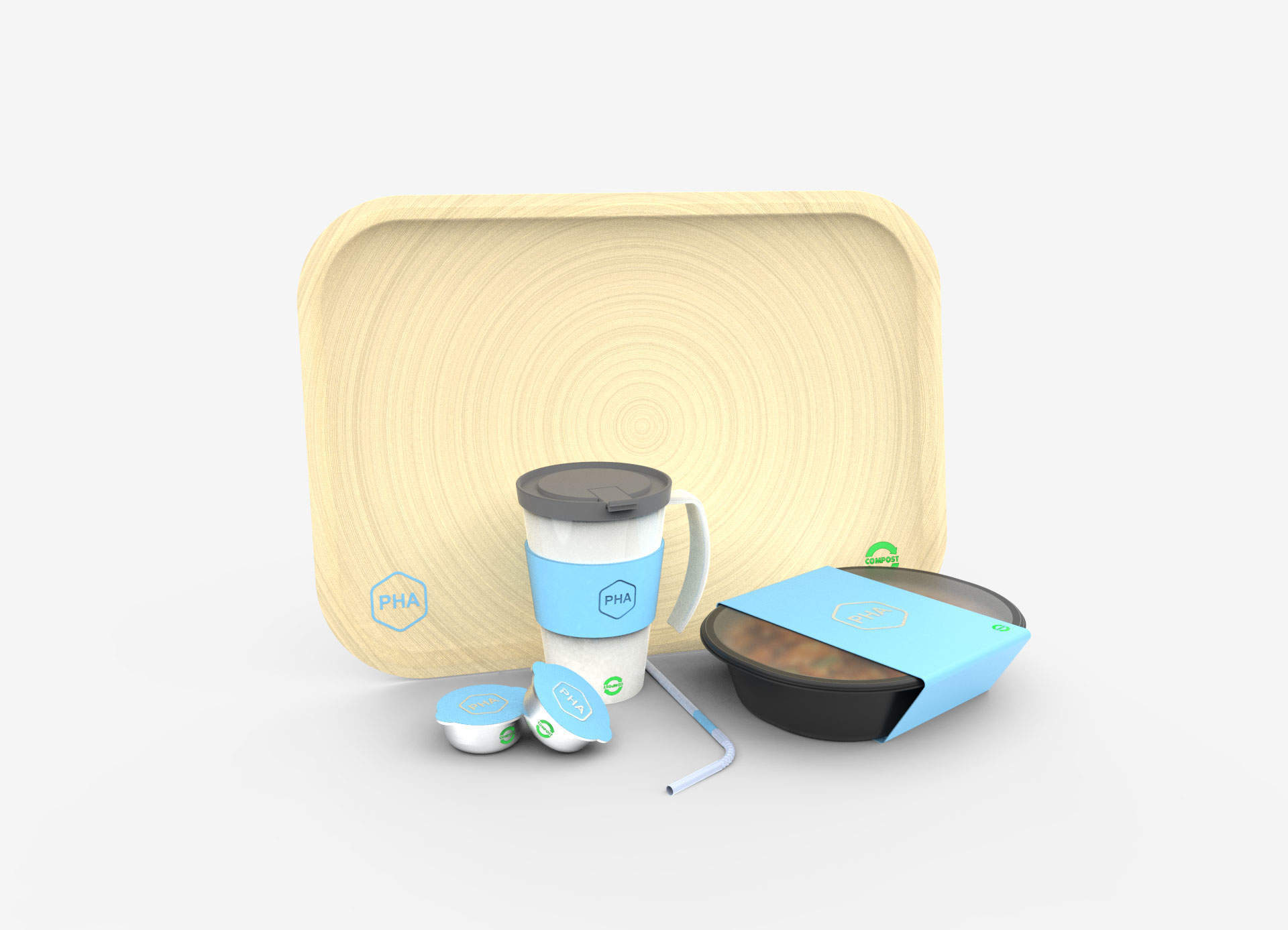
The biodegradable plastic industry is set to surge in the coming years, fuelled by rising concerns over ocean pollution and the consumer rejection of single-use plastics.
According to research by Grand View Research, the biodegradable plastics market will be worth $6.73bn globally by 2025, with a compound annual growth rate (CAGR) of 12.8% over the next few years.

Access deeper industry intelligence
Experience unmatched clarity with a single platform that combines unique data, AI, and human expertise.
This is set to be driven not only by changes in consumer behaviour and retailer practices, but legal changes including outright bans that are being considered in many parts of the world.
What are biodegradable plastics?
Biodegradable plastic products differ from regular plastics in that they can completely break down, without leaving the microplastics that find their way into the ocean and food supply.
This is because they are made of renewable raw materials, and in some cases include additives that speed up the biodegradation process. However, not all biodegradable plastic materials break down at the same rate.
Some will do so very quickly in any environment, while others will need to be exposed to specific environmental conditions to break down. This means they can be used for a wide variety of uses without impairing their function.

US Tariffs are shifting - will you react or anticipate?
Don’t let policy changes catch you off guard. Stay proactive with real-time data and expert analysis.
By GlobalDataStarch is the leading material in biodegradable plastic, and is used by industries including packaging, agriculture, textures and electronics. PLA follows in second place, and is most commonly used in packaging and 3D printing.
The industries leading growth in biodegradable plastic
In the consumer space, much of the focus has been on single-use plastics, particularly those found in packaging. It is perhaps no surprise, then, that this area is set to fuel much of the growth of biodegradable plastics.
The packaging industry is already the leading user of biodegradable plastics, but this is set to grow further, particularly with the development of sophisticated solutions to challenging applications, such as packaging that needs to be subjected to heat.
PHA, a bioplastic that can be ‘tuned’ to decompose at a pace best suited to its application, is set to see particularly significant growth for this purpose, with a projected CAGR of 13.5%.
Research into PHA by Cambridge Consultants published earlier this year demonsted the material’s potential in challenging packaging applications, including microwaveable trays and single-use coffee pods.
“For generations there has been a dependency between economic growth and increased resource consumption and emissions. It doesn’t have to be that way,” said Catherine Joce, Sustainability and Circular Economy Lead at Cambridge Consultants.
“Businesses across all industries are beginning to realise the potential of innovation to improve both profit and sustainability”.







